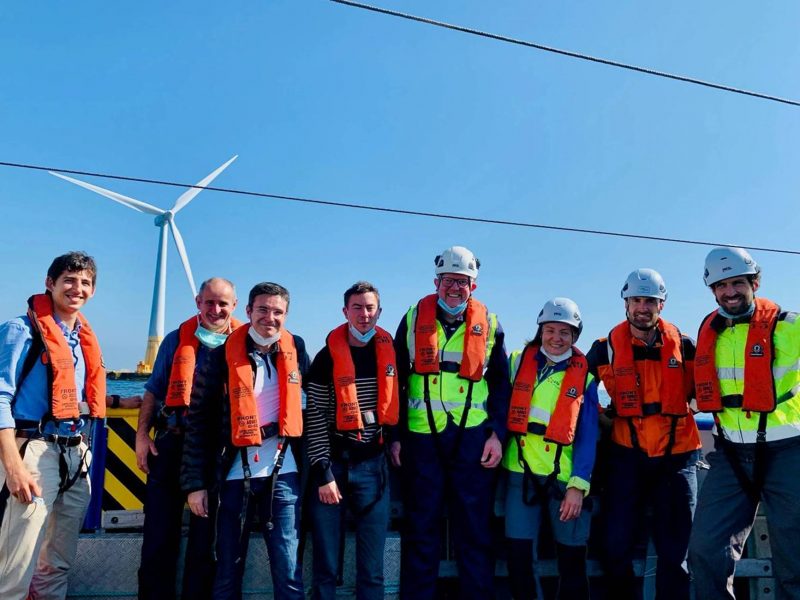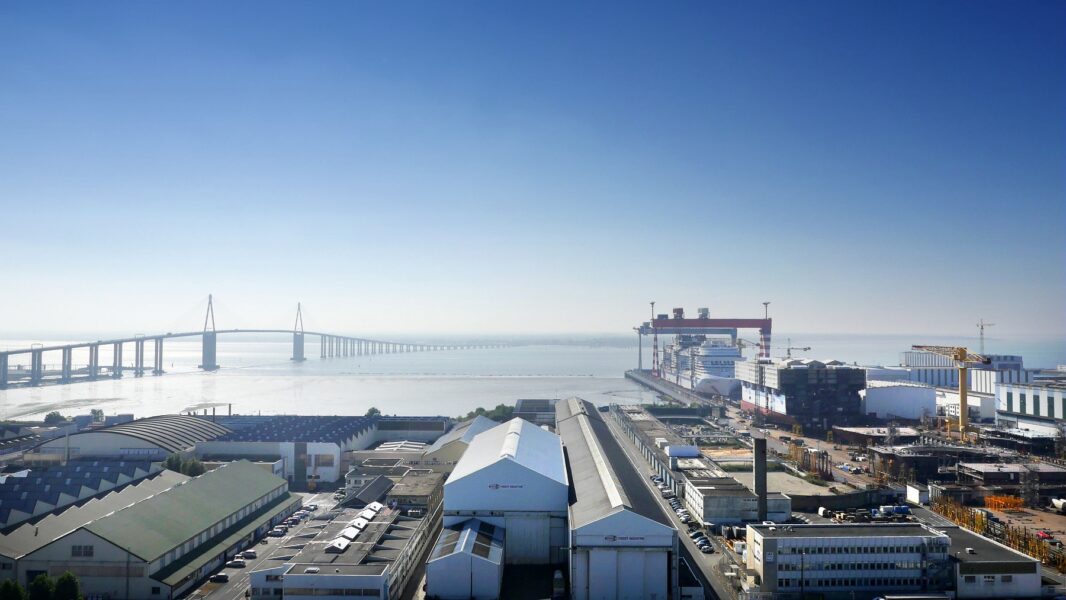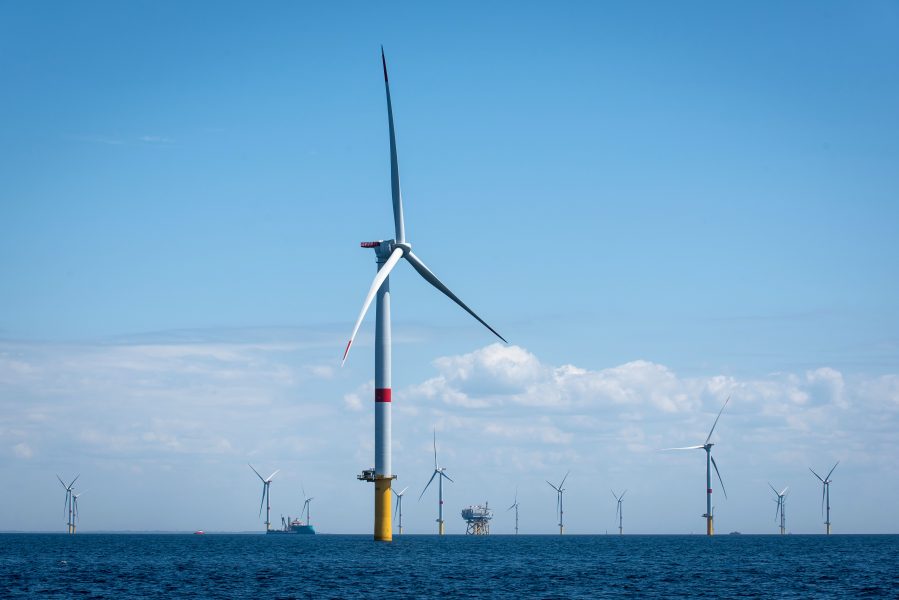News
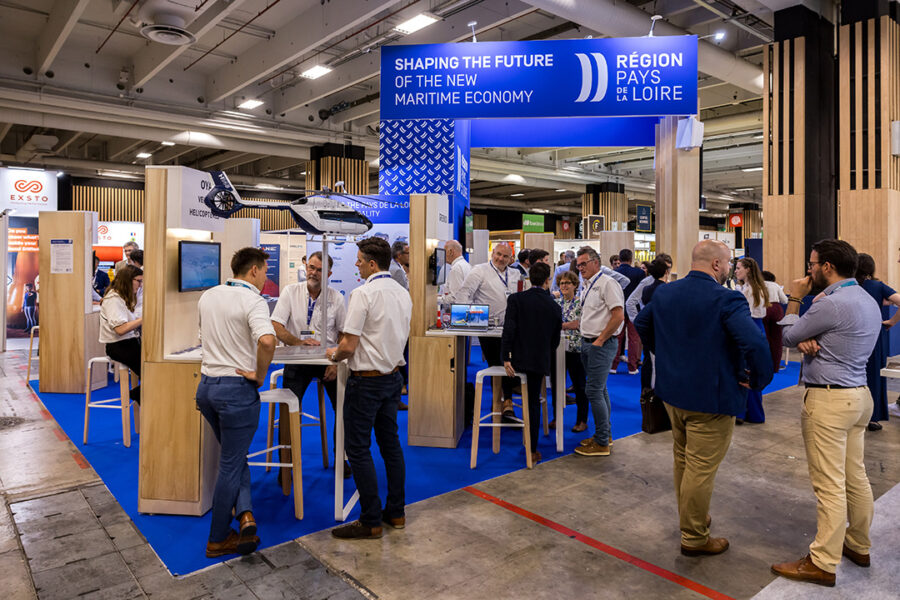
Seanergy 2024 comes to Pays de la Loire – the heart of marine renewable energy in France
21 November 2023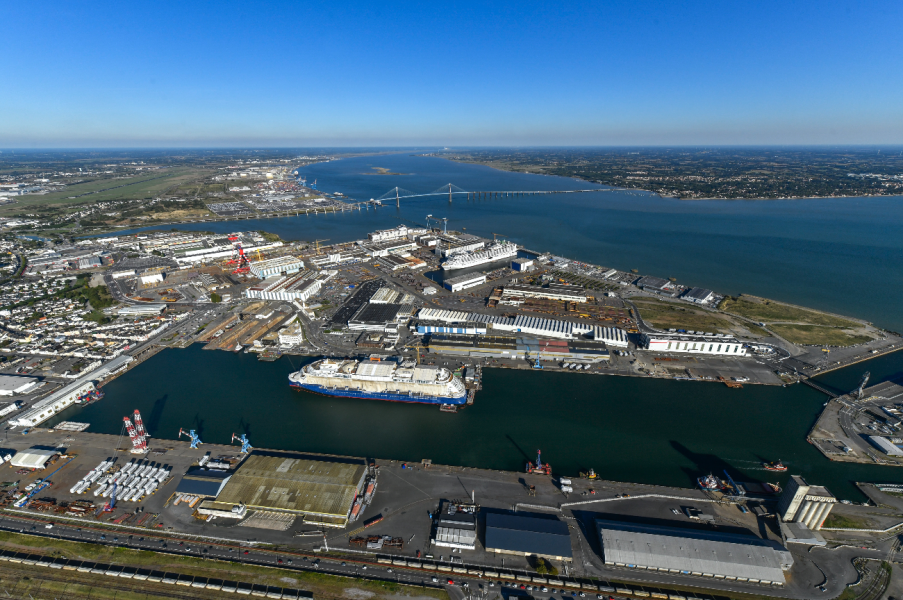
Ports and marine renewable energy
30 June 2023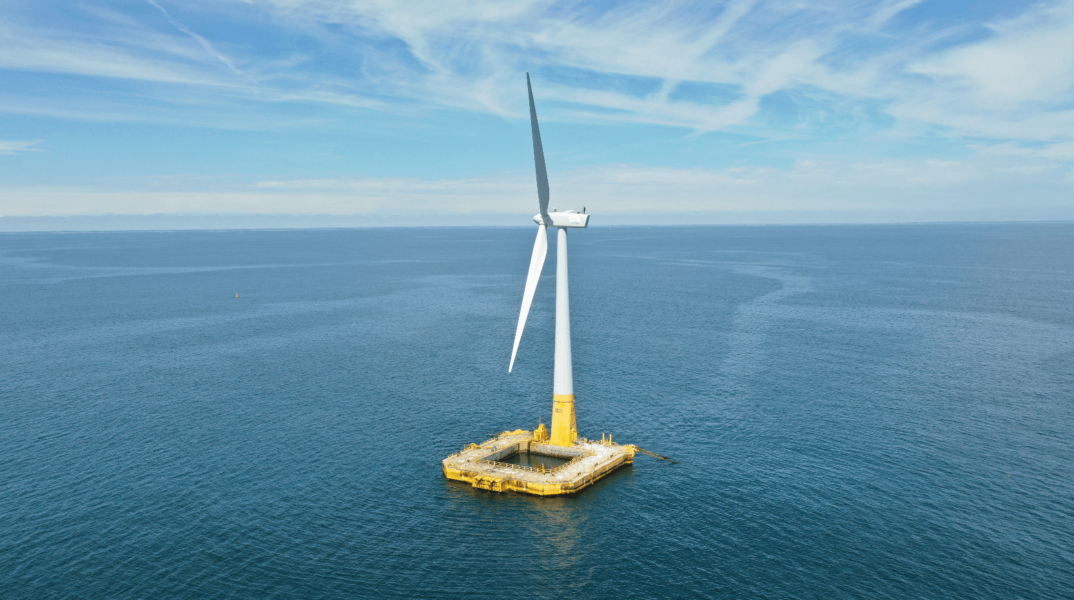
Pays de la Loire region hosts FOWT 2023
10 May 2023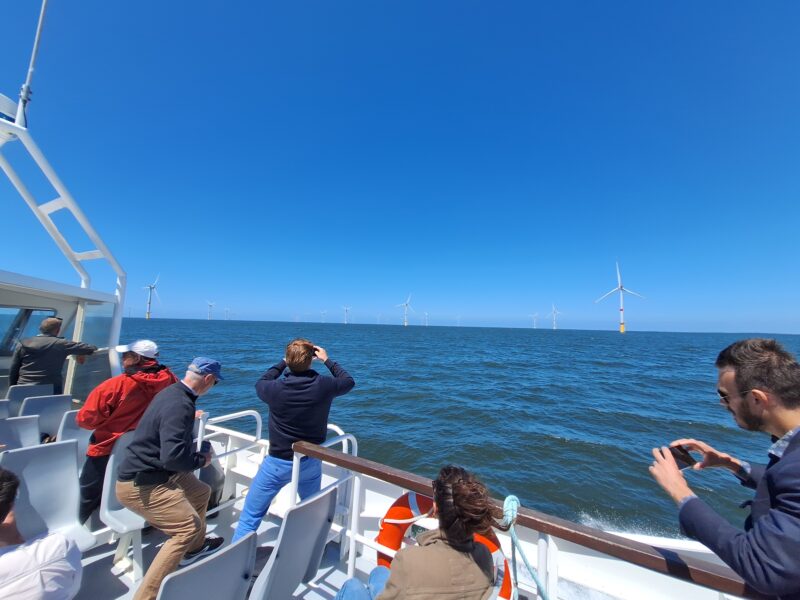
The Pays de la Loire is the leading region in the marine renewable energy sector in France!
5 July 2024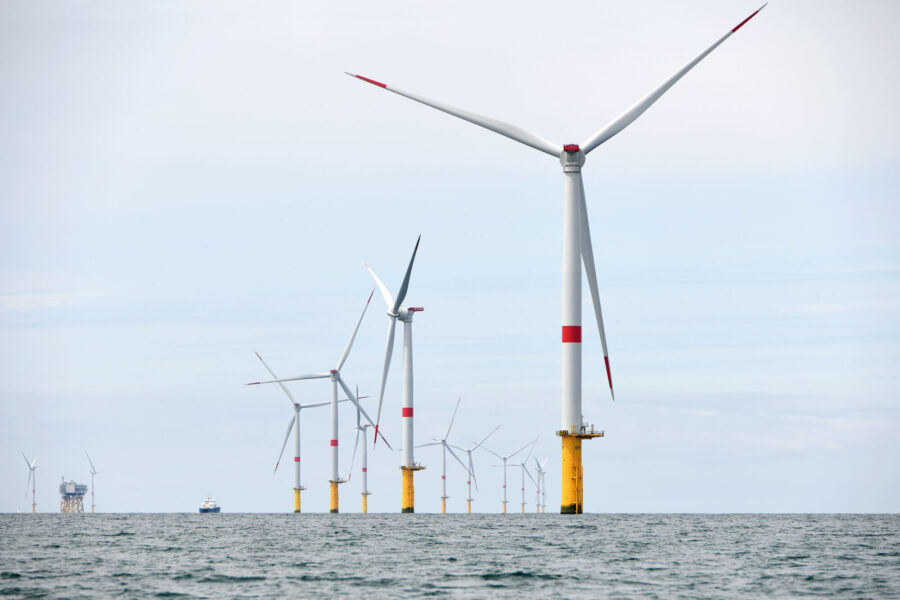
Saint-Brieuc offshore wind farm : innovation call for marine renewables industry
21 November 2023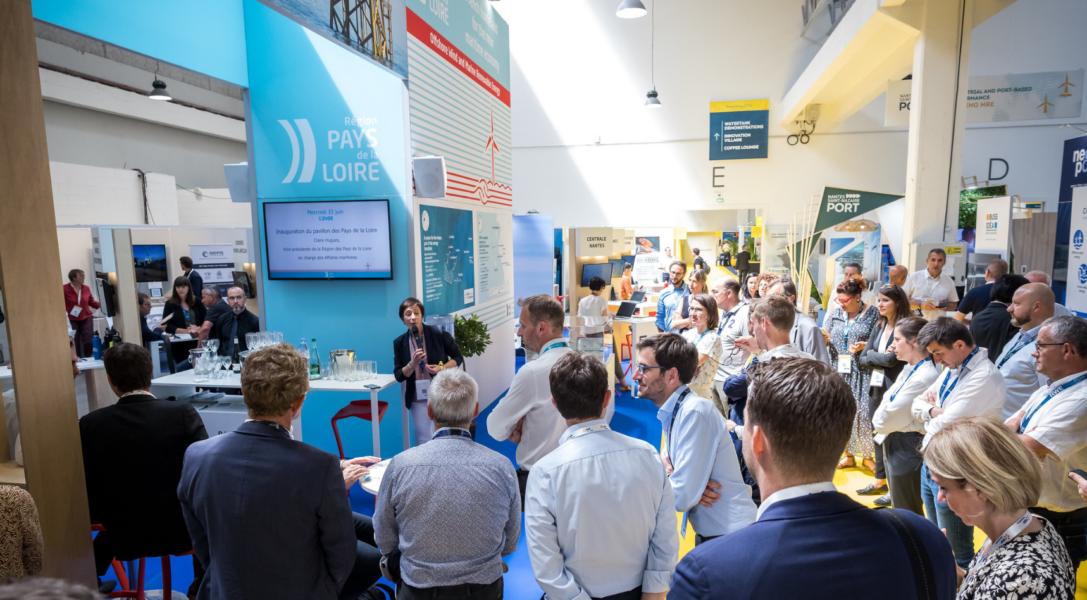
Join us at Seanergy 2023 at the Pays de la Loire pavilion
29 June 2023